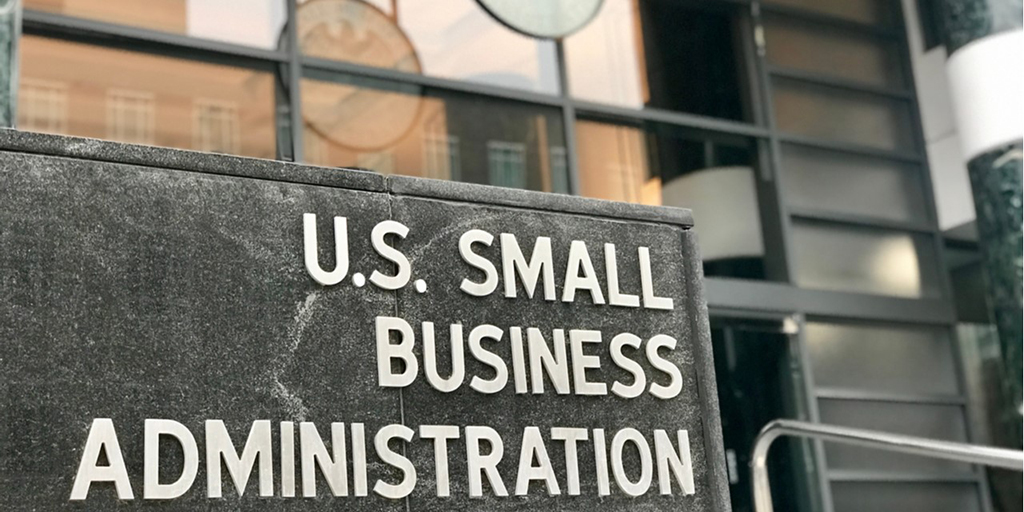How a Refinancing Option Supports New Construction

Originally published on Construction Executive
The COVID-19 pandemic has presented many challenges for special-use commercial property developers and businesses of all sizes and sectors. In response, the government committed to a range of subsidies, from the Paycheck Protection Program, which ended in May, to loan deferrals. Recently, the U.S. Small Business Administration made some big news for developers and small businesses.
With legislation introduced at the end of July, borrowers now have a tremendous opportunity to find new value with their investments by refinancing floating rate SBA 7a construction loans to preferable SBA 504 fixed-rate loans.
Capitalize on Rates While They’re Low
Home refinancing has been very popular recently due to historically low interest rates, and the same can be said for certain developers of hotels, self-storage, health care facilities, and businesses who have developed build-to-suit office, warehouse and other commercial properties. SBA 7a loans typically have variable interest rates between 5% to 6%; by refinancing to an SBA 504 loan, borrowers not only can get a lower rate, but also a fixed rate.
This aspect can reduce monthly payments and protect the bottom line from variability in the months ahead.
Now is the time to strike with a refinance. It is expected that Federal Reserve policymakers will make two interest rate increases by 2023.
Added Benefits of a 504 Loan
The SBA’s 7a loan is its flagship program—typically used for ground-up construction to develop a new property, or to finance working capital—and in 2020 the SBA created roughly 42,000 7a loans worth a combined $22.55 billion. However, since building equity does not happen so quickly, the 7a is a high-leverage loan that often takes a long time to exit.
An SBA 504 loan tends to be used for commercial real estate financing and has the benefits of a fixed rate, as little as 10% down, lower fees than a 7a loan and the ability to cash out up to 20% of property value for working capital.
The SBA’s new legislation adds to those benefits by providing the option to refinance up to 100% of a project’s debt instead of the previous 50% limit, and removes a requirement that borrowers must be current on all payments for at least a year before filing an SBA application.
Leverage Lender Resources
If a developer have an established relationship with a bank, it’s best to consult with them to ensure they are participating in the best loan program for them. If they do not have a strong relationship with their current lender, consulting with a non-bank lender will allow them to better understand your options.
With a lender that is acutely familiar with 504 loans, and has pre-existing relationships with the SBA and the state’s certified development companies, companies can realize benefits in the speed and certainty of execution as they refinance.
It’s important to act now. Although the SBA didn’t offer an expiration date for its new legislation, the offer to refinance likely won’t be indefinite.
It can be hard to get financing in a world where COVID-19 has disrupted business and capital markets are choosy about which industries they’re focusing on, so the latest government subsidy comes at a helpful time. Small businesses are always looking for opportunities, and this is one that shouldn’t be passed up.